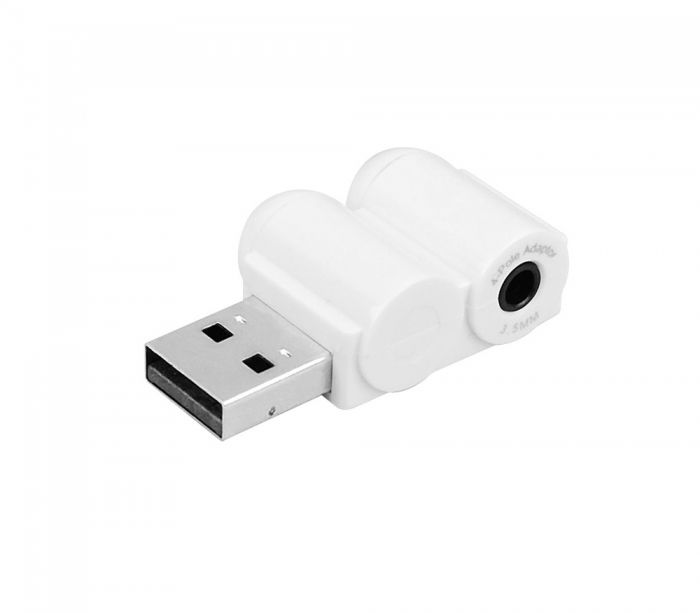

To get a sense of what the USB audio implementation means, this SiLabs appnote might be useful. But if you manage to implement all elements of Audio Class Device, implement all USB descriptors and endpoints correctly, and obey all the requirements for data buffering and throttling and clock synchronization, you will immensely benefit form existence of Windows and Linux/Unix/Android audio device drivers.

Technically you can implement any USB interface to bridge the I2S streams with USB streams, but you will be facing enormous development time for your PC drivers. The transport interface is bi-directional, audio USB can output sound and read microphone (or line) inputs. The Audio Class has to be implemented in a MCU that handles the I2S streams from PCM3168 "Audio Codec", and bridges these streams into USB-defined format. On the other end, the "USB audio" is a very detailed specification for the specific class of USB devices to handle audio streams.
#Stereo audio to usb converter serial
Which means that audio signals gets digitized (with high accuracy/resolution) and are converted into I2S digital serial format. The audio I2S streams can not just be "sent" to "USB audio", they are just raw digital data formats for audio codecs. Now it is clear that the question exposes substantial gap in understanding of USB system architecture and related economy of development. Ideally into a Type A socket on a computer Want to be converted to digital USB audio (ti.com/lit/ds/symlink/pcm3168a.pdf) and take an output of I2S which I


 0 kommentar(er)
0 kommentar(er)
